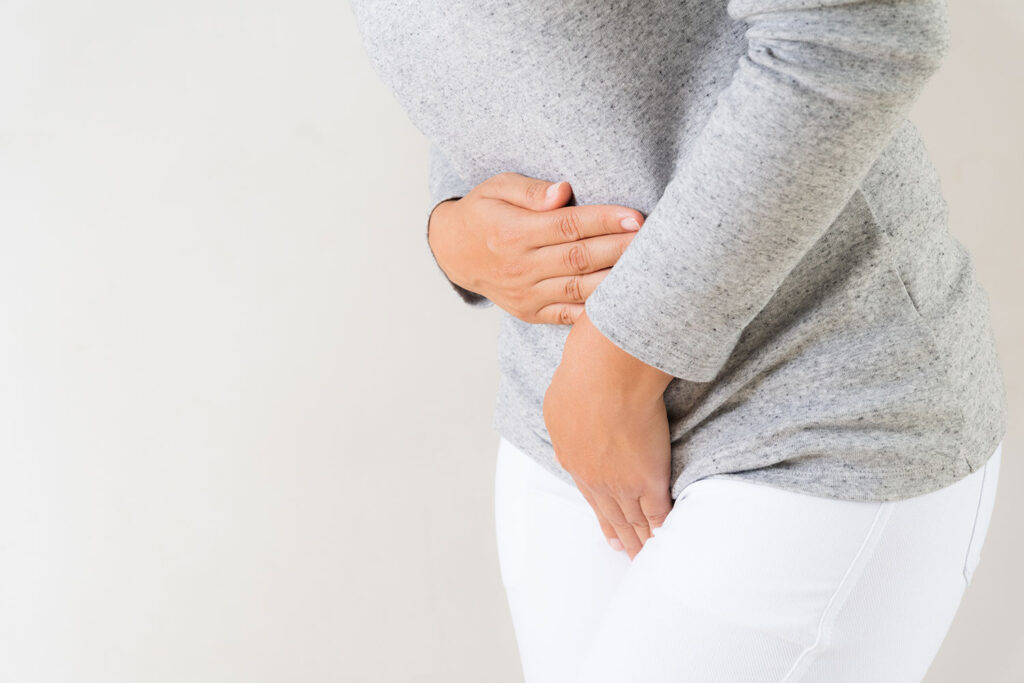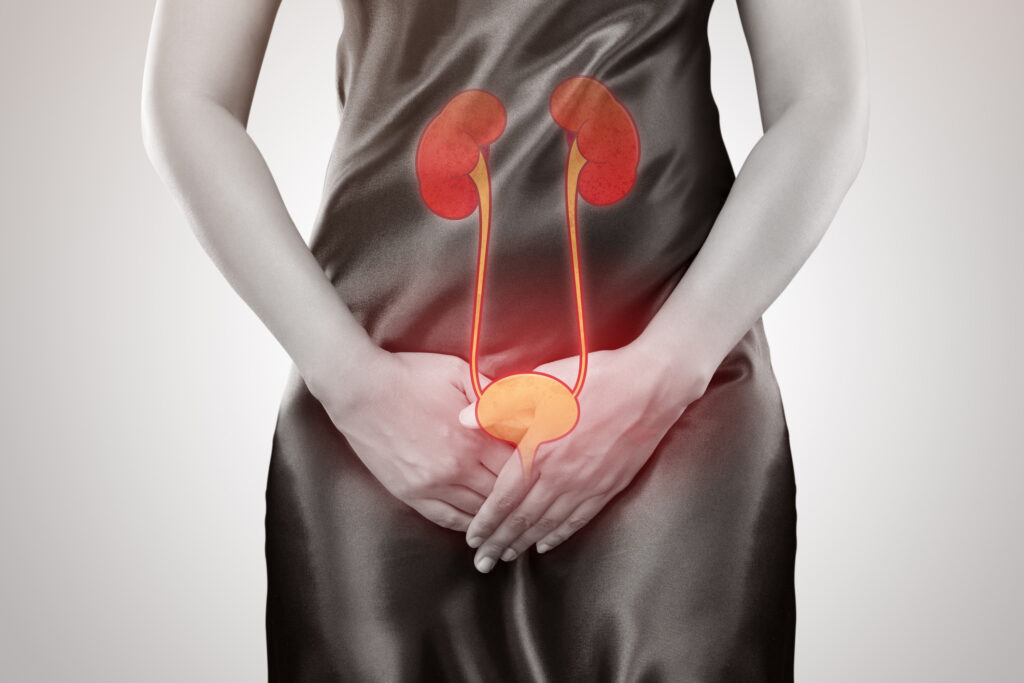A little girl’s parents are told she’ll likely need a kidney transplant since her chronic kidney infections aren’t yielding to antibiotics anymore…..
Another little girl with a genetic disorder has been on continuous antibiotics for nearly two years because of kidney and bladder infections….
An adult woman gets a bladder infection every time she has sex… And literally millions of women and girls (and a very few boys and men) each year have at least one episode of acute bladder infection (“cystitis”). Routine treatment of bladder and kidney infections involves antibiotics and antimicrobials. As the first three cases (described later) will illustrate, in over 90% of bladder and kidney infections, antibiotics are actually an inferior treatment choice. The treatment of choice for initial treatment of most urinary tract infections is D-mannose.
D-mannose is a naturally occurring simple sugar, closely related (in chemical terms, a “stereoisomer”) to glucose. Small amounts of D-mannose are metabolized by our bodies; more than small amounts are excreted promptly into the urine. But how can even large quantities of a simple natural sugar do anything at all to cure over 90% of all bladder and urinary tract infections?
The answer is found in the interaction between D-mannose and the bacterium found in over 90% of all bladder infections, Escherichia coli (“E. coli”). [No, that’s not the infamous E. coli mutant associated with unsanitary food processing that’s hospitalized and killed people. It’s the normal E. coli found as part of the “normal microflora” in every intestinal tract.] But even normal E. coli don’t belong in the bladder and urinary tract; in these areas it multiplies and becomes an undesirable infection.
See Also: Best laser eye surgery
But why doesn’t the normal downflow of urine from the kidneys through the ureters into the bladder and thence beyond simply carry the E. coli right along with it? What allows the E. coli to “stick” to the inner walls of the bladder and even work their way upward (like “Spiderman”) in some cases reaching as far as the kidneys?
The “cell walls” of each E. coli are covered with tiny fingerlike projections. The very tips of these projections are an amino acid-sugar complex, a “glycoprotein” also called a “lectin”. E. coli “lectins” have the unfortunate (for us) capability of “sticking” the bacteria to the inside walls of our bladders and urinary tracts, so they can’t be rinsed out by urination.
Unfortunately for the E. coli, D-mannose “sticks” to E. coli lectins even better than E. coli lectins “stick” to human cells. When we take a large quantity of D-mannose, almost all of it spills into the urine through our kidneys, literally “coating” any E.coli present so they can no longer “stick” to the inside walls of the bladder and urinary tract. The E. coli are literally rinsed away with normal urination!

Why is “rinsing away” E. coli with D-mannose superior to killing them with antibiotics and anti-microbials? When an antibiotic is taken, it kills unwanted micro-organisms, but it also kills many “friendly” micro-organisms. Every woman is familiar with “yeast infections” that follow antibiotic use, as the “friendly bacteria” are killed off along with the “bad bacteria”, leaving the antibiotic-insensitive yeast to grow “out of control”. Long-term or often-repeated antibiotic use can lead to major disruptions in normal body microflora, and sometimes to major disruptions in health, especially immune system function. [It’s suspected that the “killer” E. coli of recent years are “mutants” caused by persistent antibiotic feeding to animals.]
By contrast, D-mannose doesn’t kill bacteria, “friendly” or “unfriendly”. D-mannose simply helps to relocate misplaced E.coli from inside of our urinary tracts to outside. (Since D-mannose is absorbed in the upper gastrointestinal tract, it doesn’t relocate the “friendly” E. coli normally present in the colon.) D-mannose treatment of E. coli bladder and urinary tract infections is ecologically sound treatment. (The very small amounts of D-mannose metabolized by our bodies and not excreted into the urine are harmless.) As an extra bonus, D-mannose tastes good!
Three Cases, Briefly
Our first case is relatively well-known in the Seattle-King County area as this child’s mother provided testimony about her case to the County Council when it was considering the establishment of a natural medicine clinic within the taxpayer-funded county public health system.
This mother brought her daughter to Tahoma Clinic in the 1980s. She also brought with her a very detailed set of notebooks in which she’d recorded descriptions of her daughter’s numerous hospitalizations and extensive tests for nearly continuous urinary tract infections. By actual count, her daughter (not yet five years old) had been seen by 72 different physicians, and had been on antibiotics the majority of her life. Mother and father had been told the doctors were “running out of effective antibiotics”, and that their daughter would likely need a kidney transplant during the next few years, as her kidneys were beginning to fail from the chronic infection. Extensive tests showed “normal kidneys, ureters, and bladder”, with no discoverable reason for all the infection.
Fortunately, Mom also had records of many urine cultures. They were always the same: E.coli. At the end of our consultation, I advised her to give her daughter ¼ to ½ teaspoon (approximately 1 to 2 ½ grams) of D-mannose powder stirred into water every three to four hours while awake. Despite being a bit dubious that a simple sugar prescribed by a natural medicine doctor (remember, this was the 1980s) would do anything, mother tried it. Within 48 hours, the infection was gone. Her daughter remained infection free for over two years until the D-mannose was temporarily forgotten; resumption cleared the infection once more. She’s had no urinary tract infection since, and has of course retained her own kidneys.
The County Council was impressed by the simple natural solution to a serious health problem. They were equally impressed with the difference in cost between D-mannose treatment (even long-term) and the cost of several hospitalizations, extensive testing, and nearly continuous antibiotics, as well as the potential cost of the predicted kidney transplant.
Our second case is that of a another little girl with galactosemia (a genetic disease) who when first seen in 1996 was on antibiotics because of chronic recurrent E. coli urinary tract infections. She’d been on antibiotics for most of the prior two years. As part of her overall treatment, I advised her parents to switch her from antibiotics to D-mannose (at the quantities noted above). The switch was made uneventfully; no further urinary tract infections occurred. When they last saw their daughter’s urologist in 1998, her parents were told to “check back in the year 2000″.
Our last case is that of a married woman who was avoiding sex because “I get a bladder infection every time”. Needless to say, this caused some degree of marital discord. As cultures had shown E. coli, she started taking ½ teaspoon of D-mannose one hour prior to and just after intercourse, and had no further infections.
There also have been many women who’ve been advised to take D-mannose ½ teaspoon every two to three hours to treat single episodes of bladder infection. Nearly every time, the treatment has been successful. However, since a small proportion of bladder infections are not caused by E. coli but by some other micro-organism, women are also advised to call back for a “regular” antibiotic prescription if their infections are not substantially better or completely gone in 24 hours.
Try D-Mannose First
D-mannose is very safe, even for long term use, although most women (or the very occasional man) with single episodes of bladder or urinary tract infection will only need it for a few days at most. Although D-mannose is a simple sugar, very little of it is metabolized. It doesn’t interfere with blood sugar regulation, even for diabetics. It creates no disruption or imbalance in normal body microflora. It’s safe even for pregnant women and very small children. In the less than 10% of cases where the infection is a bacteria other than E. coli, antibiotics can be started in plenty of time. (Many physicians will likely advise collecting a urine specimen for culture, if possible just before starting D-mannose, so that the bacteria can be identified as rapidly as possible in the few cases when D-mannose doesn’t work.)
Since D-mannose is naturally occurring, many of you may have guessed that cranberry juice (as well as pineapple juice) contain more D-mannose than most other foods. However, the amounts found in these juices are substantially less than in the ½ teaspoon (approximately 1 gram) adult dose, and are substantially less effective.
So Where’s the D-Mannose?
If D-mannose is so safe and effective, why isn’t it in your natural food store? Your editor has been frustrated by it’s absence also, particularly as he has spent several years trying to convince one or another supplement company to put D-mannose into wider distribution.
More to read: Iodide – One Mineral Can Help A Myriad Of Conditions From Atherosclerosis To “COPD” to Zits

